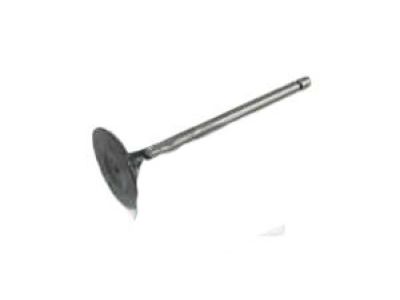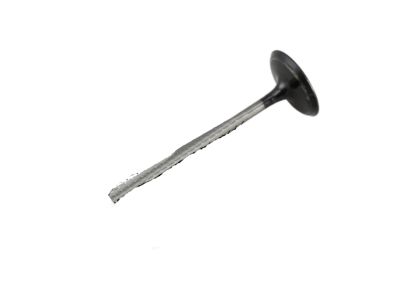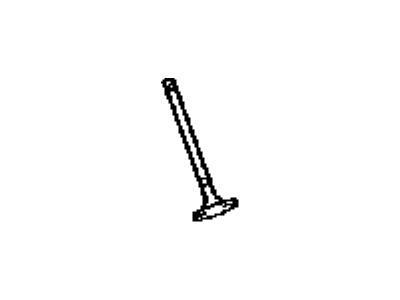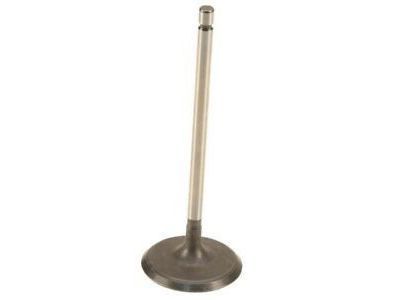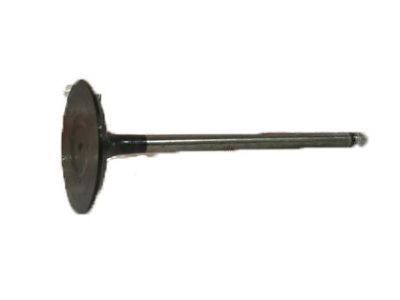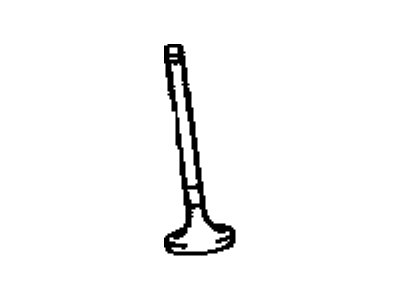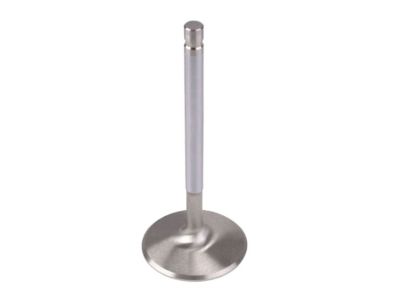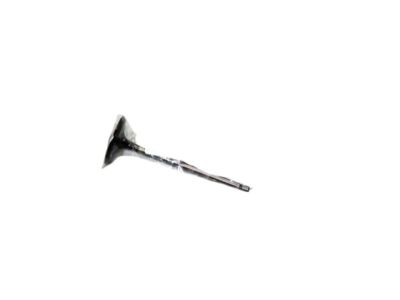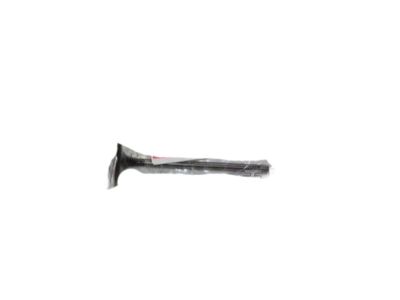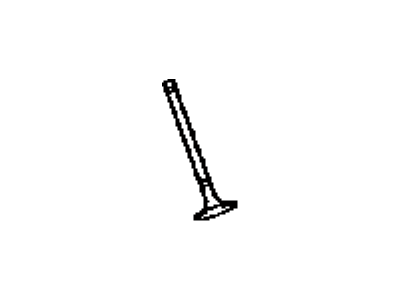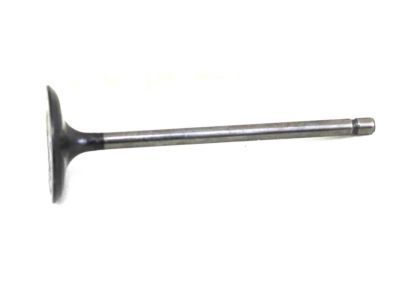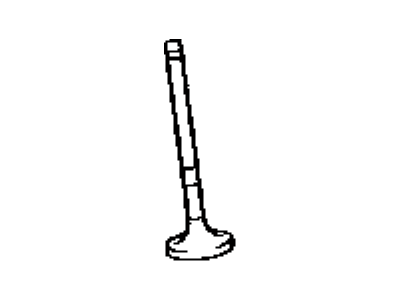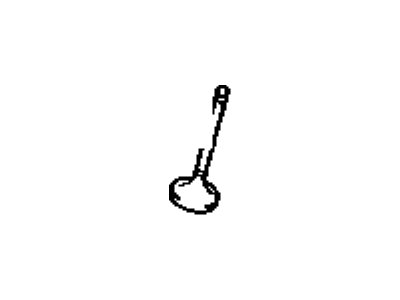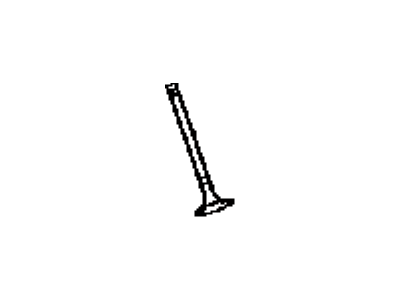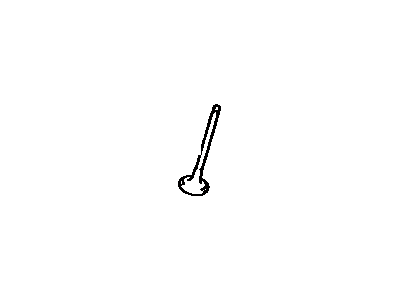

My Garage
My Account
Cart
Genuine Toyota Sienna Intake Valve
Engine Intake Valve- Select Vehicle by Model
- Select Vehicle by VIN
Select Vehicle by Model
orMake
Model
Year
Select Vehicle by VIN
For the most accurate results, select vehicle by your VIN (Vehicle Identification Number).
9 Intake Valves found
Toyota Sienna Intake Valve
Part Number: 13711-31101$12.72 MSRP: $17.79You Save: $5.07 (29%)Ships in 1-2 Business DaysToyota Sienna Intake Valve
Part Number: 13711-0P010$12.84 MSRP: $17.95You Save: $5.11 (29%)Ships in 1-2 Business DaysToyota Sienna Intake Valve
Part Number: 13711-31100$12.72 MSRP: $17.79You Save: $5.07 (29%)Ships in 1-3 Business DaysToyota Sienna Intake Valve
Part Number: 13711-36060$12.84 MSRP: $17.95You Save: $5.11 (29%)Ships in 1-2 Business DaysToyota Sienna Intake Valve
Part Number: 13711-0P030$12.72 MSRP: $17.79You Save: $5.07 (29%)Ships in 1-2 Business DaysToyota Sienna Intake Valve
Part Number: 13711-F0010$12.72 MSRP: $17.79You Save: $5.07 (29%)Ships in 1-3 Business DaysToyota Sienna Intake Valve
Part Number: 13711-20020$13.79 MSRP: $19.28You Save: $5.49 (29%)Ships in 1-2 Business DaysToyota Sienna Intake Valve
Part Number: 13711-0V010$12.84 MSRP: $17.95You Save: $5.11 (29%)Ships in 1-3 Business DaysToyota Sienna Intake Valve
Part Number: 13711-0A010$13.79 MSRP: $19.28You Save: $5.49 (29%)Ships in 1-3 Business Days
Toyota Sienna Intake Valve
If you are in demand for superior quality and affordable OEM Toyota Sienna Intake Valve, then shop with us! We own a wide range of the reduced-priced genuine Toyota Sienna Intake Valve. You can purchase in confidence as all parts come with a manufacturer's warranty. Any issues with our products? No need to worry as we have a hassle-free return policy to guide you every step of the way.
Toyota Sienna Intake Valve Parts Questions & Experts Answers
- Q: Should servicing of Exhaust Valve and Intake Valve be done by a professional on Toyota Sienna?A:Since the activity involves precision and the use of specific tools, carrying out the process of repairing valves, valve seats, and valve guides, usually referred to as a valve job, should be left to a professional. A home mechanic can take off and unbolt the head(s) of the engine for preliminary washing and examinations, and then can bring it to a formal dealer or a machine shop for the actual service he/she wants for the head. This inspection enables one to know the status of the head(s) and valvetrain parts so that when consulting an automotive machine shop one is conversant with the required work and new parts. The dealer service department or automotive machine shop will take off the valves and springs, recondition or replace the valves or valve seats, then recondition the valve guides, as well as examine and replace valve springs, spring retainers, and keepers when necessary and replace valve seals, Assemble reconditioned or new valves and verify proper installed spring height. Also, any surface of the cylinder head gasket will be machined if it has been found to be warped. After the valve job, the head(s) will be in essentially as-new shape, and it needs to be cleaned yet again before the heads are bolted to the engine to remove any remaining minute metal chip particles and sharp abrasive grit that may be adhering on the heads from the service or resurfacing work; compressed air should be used to blow out all the oil ways and holes if available.
Related Toyota Sienna Parts
Browse by Year
2024 Intake Valve 2023 Intake Valve 2022 Intake Valve 2021 Intake Valve 2020 Intake Valve 2019 Intake Valve 2018 Intake Valve 2017 Intake Valve 2016 Intake Valve 2015 Intake Valve 2014 Intake Valve 2013 Intake Valve 2012 Intake Valve 2011 Intake Valve 2010 Intake Valve 2009 Intake Valve 2008 Intake Valve 2007 Intake Valve 2006 Intake Valve 2005 Intake Valve 2004 Intake Valve 2003 Intake Valve 2002 Intake Valve 2001 Intake Valve 2000 Intake Valve 1999 Intake Valve 1998 Intake Valve
